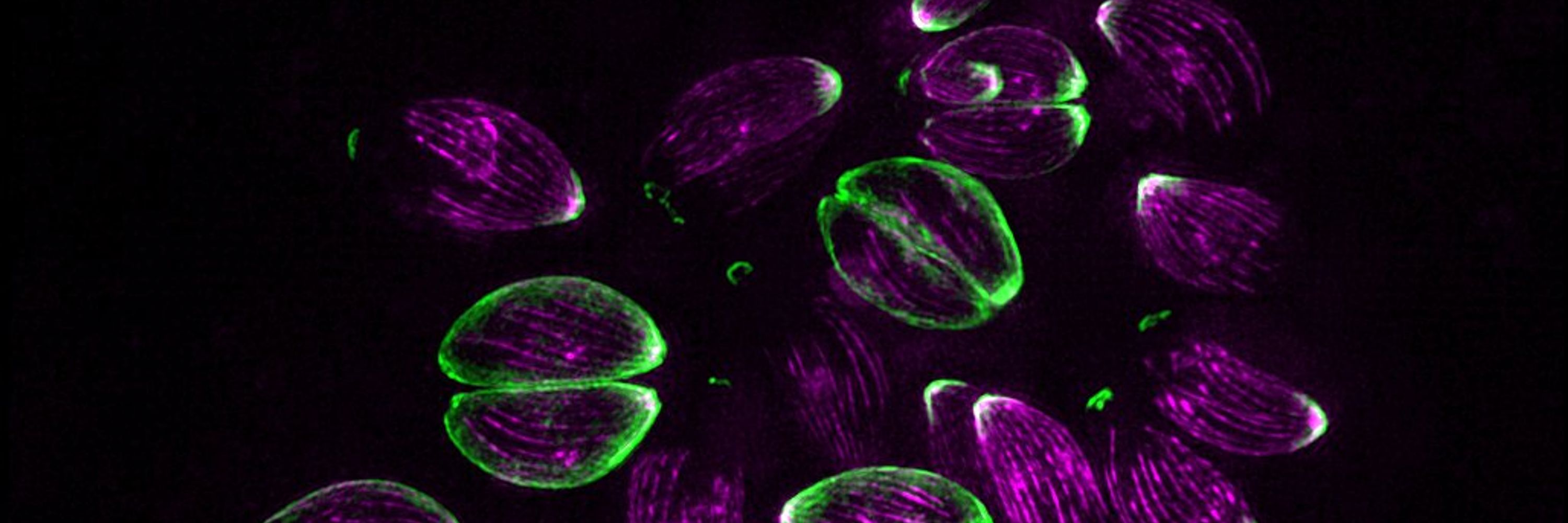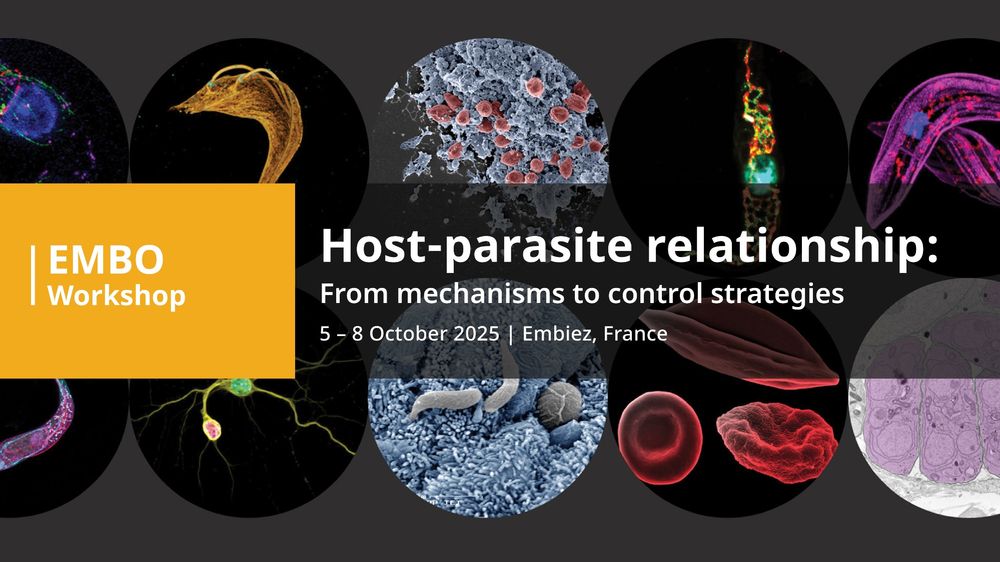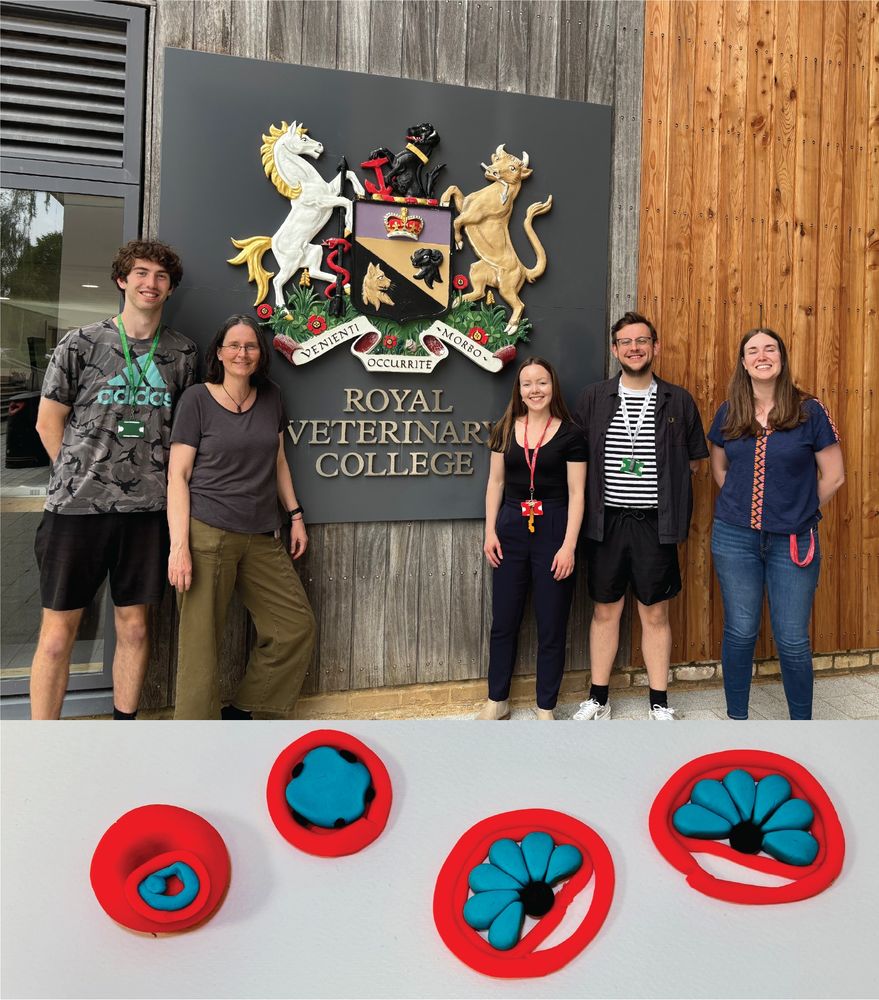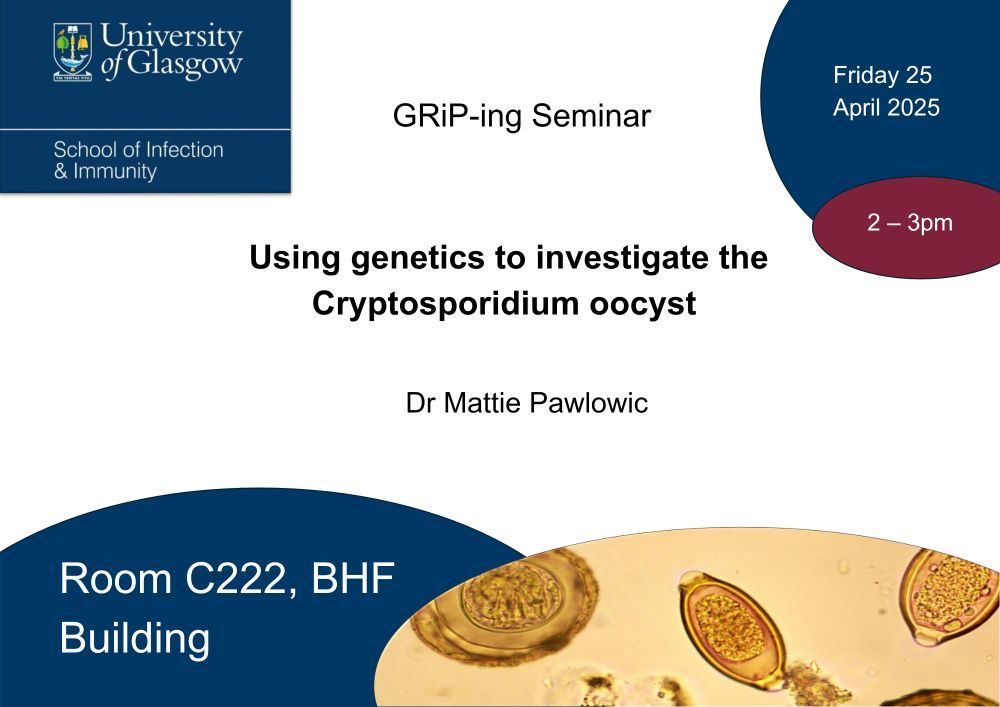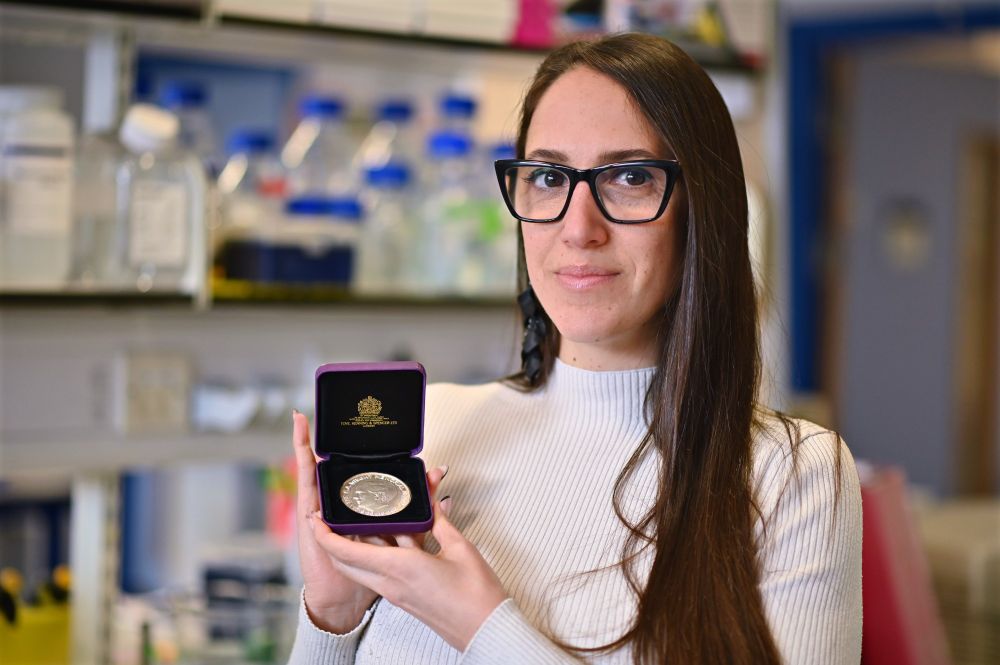Clare Harding
@clarehardinglab.bsky.social
560 followers
470 following
9 posts
Sir Henry Dale Fellow at #WCIP at the University of Glasgow. Interested in how Toxoplasma gondii uses iron.
Posts
Media
Videos
Starter Packs
Reposted by Clare Harding
Reposted by Clare Harding
Reposted by Clare Harding
Mohamed-Ali HAKIMI
@hakimi.bsky.social
· May 19
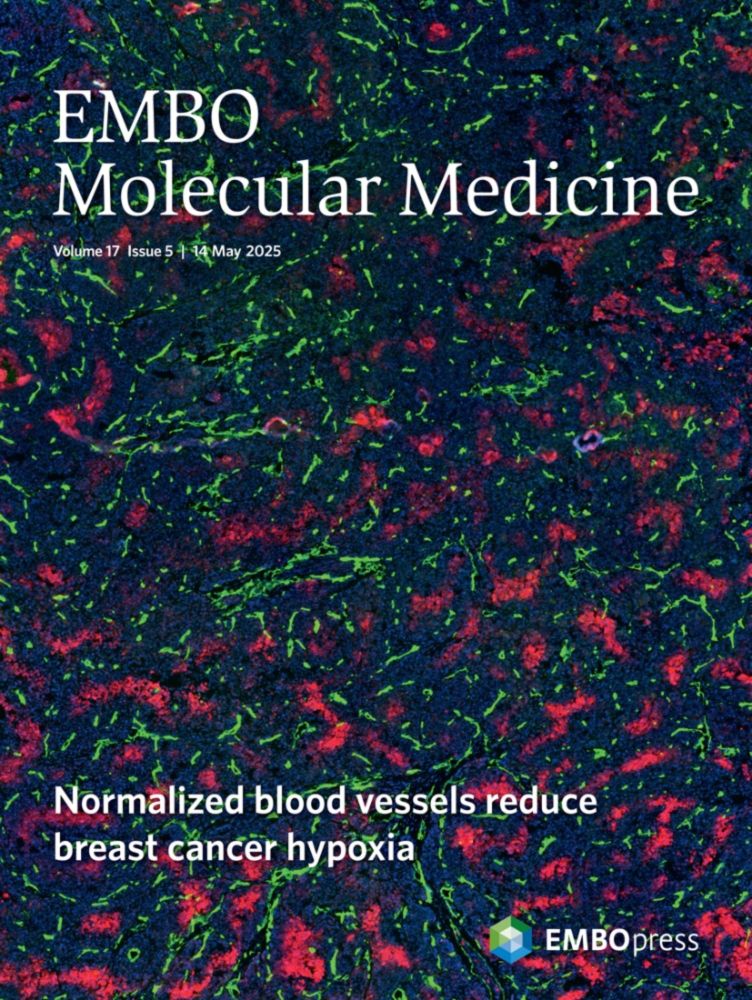
Uncovering biomarkers for chronic toxoplasmosis detection highlights alternative pathways shaping parasite dormancy | EMBO Molecular Medicine
imageimageDespite their clinical relevance, bradyzoite-filled cysts - the hallmark of chronic
toxoplasmosis - are largely overlooked in current diagnostics. This study highlights
bradyzoite serologica...
doi.org
Reposted by Clare Harding
Andrew Maclean
@macleanlab.bsky.social
· May 19
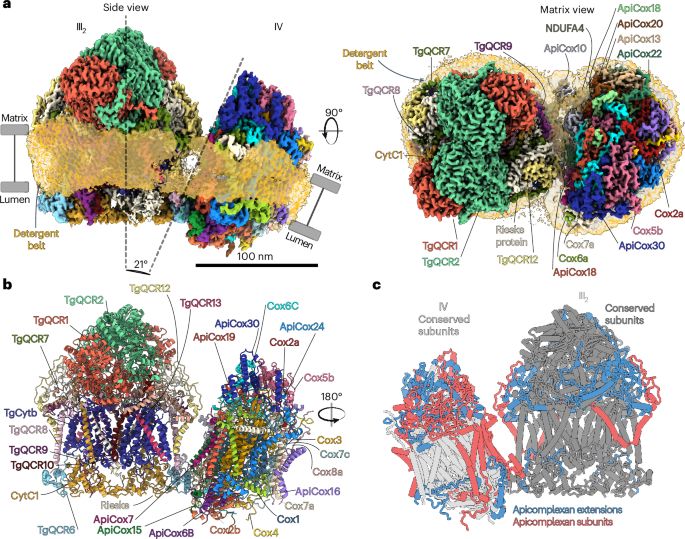
Structure, assembly and inhibition of the Toxoplasma gondii respiratory chain supercomplex - Nature Structural & Molecular Biology
Here the authors demonstrate that the assembly of mitochondrial respiratory supercomplex (III2–IV) from Toxoplasma gondii is critical for parasite fitness. They reveal the basis for cytochrome b inhib...
www.nature.com
Reposted by Clare Harding
Reposted by Clare Harding
Reposted by Clare Harding
Reposted by Clare Harding
Dana Aghabi
@danaaghabi.bsky.social
· Apr 22

ZFT is the major iron and zinc transporter in Toxoplasma gondii
Transition metals, such as iron and zinc, are indispensable trace elements for eukaryotic life, acting as co-factors in essential processes ranging from respiration and metabolism to DNA replication. ...
www.biorxiv.org
Reposted by Clare Harding
Reposted by Clare Harding
Eva Frickel
@frickellab.bsky.social
· Apr 13
Reposted by Clare Harding
Reposted by Clare Harding
Reposted by Clare Harding
Reposted by Clare Harding
Sateriale Lab
@saterialelab.bsky.social
· Feb 26

Cryptosporidium modifies intestinal microvilli through an exported virulence factor
Cryptosporidium is a common intestinal infection of vertebrates and a significant threat to public health. Within the epithelial layer of the intestine, the parasite invades and replicates. Infected cells are readily detected under the microscope by the presence of elongated microvilli, particularly around the vacuole where the parasite resides. Here, we identify a family of Cryptosporidium virulence factors that are exported into the host cell during infection and localise to the microvilli. We examine the trafficking and function of the most highly expressed family member, MVP1, which appears to control the elongation of microvilli through engagement of host EBP50 and CDC42. Remarkably, this mechanism closely mirrors that of an enteropathogenic Escherichia coli virulence factor, MAP, which is also known to drive host microvilli elongation during infection. This highlights a unique instance where eukaryotic and prokaryotic virulence factors have convergently evolved to modulate host actin structures through a similar mechanism. ### Competing Interest Statement The authors have declared no competing interest.
www.biorxiv.org
Reposted by Clare Harding
Megan Sloan
@sloanmegan.bsky.social
· Feb 5

Iron-mediated post-transcriptional regulation in Toxoplasma gondii
Author summary Although iron is essential for most cells, excess can be toxic, so uptake and storage must be carefully controlled. The ability to respond to iron is particularly important for parasite...
journals.plos.org
Reposted by Clare Harding
Reposted by Clare Harding
Abhinay Ramaprasad
@abhinay.bsky.social
· Jan 31
Abhinay Ramaprasad
@abhinay.bsky.social
· Nov 25
Reposted by Clare Harding
Abhinay Ramaprasad
@abhinay.bsky.social
· Jan 23
Reposted by Clare Harding
